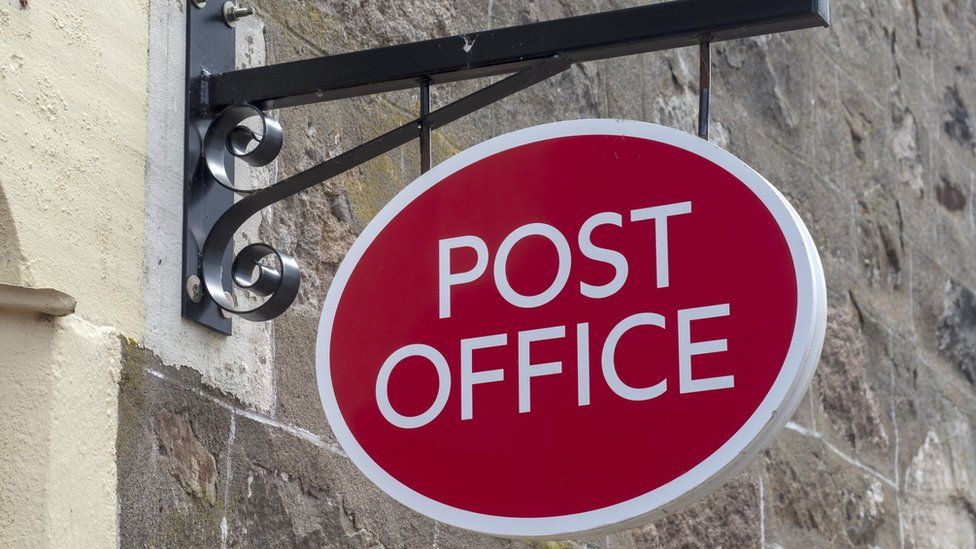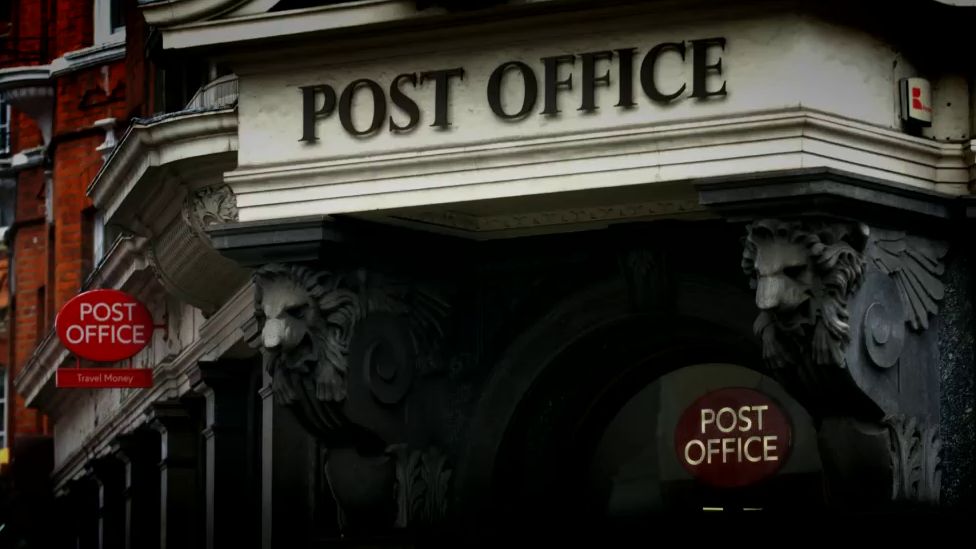Plastic-Eating Enzyme Could Be The Future Of Waste Disposal
Approximately 359 million tons of plastic waste is produced annually, with 150-200 million tons ending up in the environment or in landfills. Scientists from the University of Texas, Austin may have created a solution that allows an enzyme variant to break down plastic in a few days.
Globally, less than 10 percent of all plastic is recycled. A common plastic disposal method is throwing it in a landfill or burning it, but waste burning is costly, causes atmospheric pollution, and is energy-intensive. Thermochemical decomposition methods (like pyrolysis, glycolysis, and methanolysis) are also alternative industrial processes, but they are also very energy-intensive.
Biological solutions may be an answer to these traditional waste disposal techniques, as they are less energy-intensive, and (luckily for the planet) research has been rapidly advancing. On the downside, no research has been able to identify enzymes that can efficiently perform at low temperatures, which is important for portability and affordability at the industrial scale.
Well, until now!
The study published in Nature focused on polyethylene terephthalate (PET) – as PET makes up 12 percent of all global waste and is a polymer found in many single-use packaging and textiles – to create a plastic-eating enzyme that could help eliminate billions of tons of landfill waste.
“The possibilities are endless across industries to leverage this leading-edge recycling process,” said Hal Alper, professor in the McKetta Department of Chemical Engineering at UT Austin and one of the study’s researchers. “Beyond the obvious waste management industry, this also provides corporations from every sector the opportunity to take a lead in recycling their products. Through these more sustainable enzyme approaches, we can begin to envision a true circular plastics economy.”
The enzyme was identified by a machine learning model used to generate a novel mutation to a natural enzyme called PETase, an enzyme that allows bacteria to degrade PET plastics. The model could predict which were best for breaking down post-consumer waste plastic at low temperatures.
The most effective enzyme was named FAST-PETase (functional, active, stable, and tolerant PETase). This enzyme could be part of the circular process, allowing the plastic to be broken down into smaller parts (depolymerization) and then put back together again (repolymerization).
The researchers tested FAST-PETase on over 50 different types of plastic, finding that the enzyme can work at less than 50 oC (122 oF), used on some untreated PET. Some plastics could be broken down to monomers in as little as 24 hours.
“The possibilities are endless across industries to leverage this leading-edge recycling process,” said Alper, “Beyond the obvious waste management industry, this also provides corporations from every sector the opportunity to take a lead in recycling their products. Through these more sustainable enzyme approaches, we can begin to envision a true circular plastics economy.”
“When considering environmental cleanup applications, you need an enzyme that can work in the environment at ambient temperature. This requirement is where our tech has a huge advantage in the future,”.
The researchers are now preparing to try and scale-up enzyme production for environmental and industrial applications. A patent has also been filed for this technology, with various uses such as cleaning up landfills and greening high waste-producing industries, environmental remediation, and possibly getting the enzymes out into the field to clean up polluted sites.
AI helps scientists design novel plastic-
eating enzyme
IN BRIEF A synthetic enzyme designed using machine-learning software can break down waste plastics in 24 hours, according to research published in Nature.
Scientists at the University of Texas Austin studied the natural structure of PETase, an enzyme known to degrade polymer chains in polyethylene. Next, they trained a model to generate mutations of the enzyme that work fast at low temperatures, let the software loose, and picked from the output a variant they named FAST-PETase to synthesize. FAST stands for functional, active, stable, and tolerant.
FAST-PETase, we're told, can break down plastic in as little as 24 hours at temperatures between 30 and 50 degrees Celsius. The team believes production and usage of the AI-designed enzyme can be scaled up to industrial levels, providing a new and affordable way to get rid of the world's thrown-away plastic. Generally speaking, biological approaches to breaking up waste plastics use less energy and/or are more ecologically friendly than today's large-scale disposal methods, hence the interest in something like FAST-PETase.
"When considering environmental cleanup applications, you need an enzyme that can work in the environment at ambient temperature," Hal Alper, co-author of the study and a chemical engineering at UT Austin, said in a statement. "This requirement is where our tech has a huge advantage in the future."
AI came in handy here, it seems, as it allowed the team to use software to automate the generation of the desired mutation ‒ technically, five mutations in the end.
"This work really demonstrates the power of bringing together different disciplines, from synthetic biology to chemical engineering to artificial intelligence," Andrew Ellington, a synthetic biology professor also at UT Austin, who helped design the machine learning model, added.


:format(jpeg)/cloudfront-us-east-1.images.arcpublishing.com/tgam/BXPYGG7P4JAXVFWSDGBXGRRDMY.JPG)
:format(jpeg)/cloudfront-us-east-1.images.arcpublishing.com/tgam/GVMAJHUEQJG7NKNCUZTPHZCLUY.JPG)
:format(jpeg)/cloudfront-us-east-1.images.arcpublishing.com/tgam/ZP4VGQKQXVBSBDW7TIKCNOLSEM.JPG)






